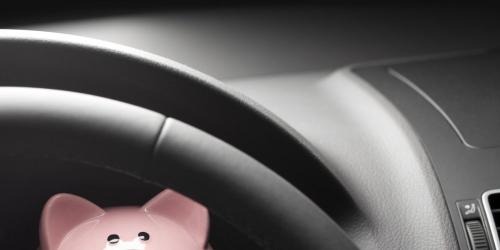It is the day a tire breaks on the road that we are happy, even reassured, to have equipped his car with emergency equipment . Some are imposed by law, and any vehicle on public roads is supposed to dispose of it. Others are optional, but can still help you when needed.
Mandatory emergency equipment by car
Road safety has been a constant concern for many years. Speed limitation and seat belts have been regulated over time. The Highway Code is also changing in terms of emergency car equipment . If you have a breakdown or an accident, you must report it upstream, and especially make yourself visible to other vehicles. It's for your safety and that of others. That's why your vehicle should contain a fluorescent vest , preferably with phosphorescent strips. There is no color imposed, but it must mention several standards: CE and EN 471 or EN 450. In addition to the vest that makes you visible, especially at night, you must have a triangle. This must be installed upstream of your vehicle to signal its presence and avoid the over-accident. If you can, also turn on your hazard lights.
Optional emergency equipment by car
A car must be visible from a distance. Headlights permit, except when a light bulb has blown. Try to have a bulb replacement kit in your trunk to deal with this eventuality. A first aid kit is not mandatory car emergency equipment. However, it can be useful for healing light bleeding after a snap. Starting cables and ropes can also be very useful if you are down and you find a vehicle to tow you. This saves you extra costs. All this emergency car equipment , mandatory or optional, must be stored in the trunk to avoid projectiles in the event of an accident.




